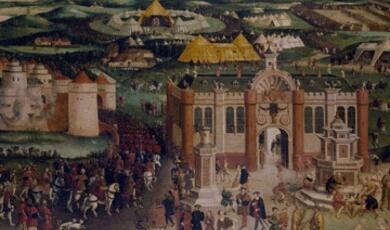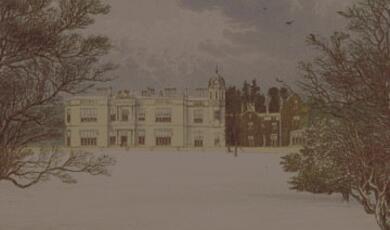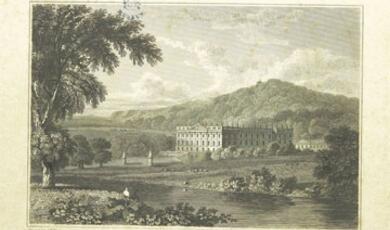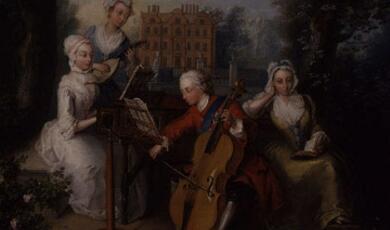In four lectures, Professor Simon Thurley considers the interaction of art, architecture and power in sixteenth and seventeenth-century Britain. He asks why monarchs and aristocrats collected what we now call art and how it fitted into their world picture. He investigates the relationships between artists, architects and their patrons within the power politics of the age.
Tudor England was a dangerous place for the wealthy and powerful. Art and architecture was a sign of connoisseurship but also political ambition. The cultural ambitions of the Tudor elite open a window into contemporary attitudes to religion, international relations and politics and illuminate the rise and fall of the century’s great patrons.
The Stuart age saw a much more systematic approach to the elite patronage of art and architecture. Collectors and connoisseurs were more aware of the effect of their activities and the audiences for them. An integral part of the tumultuous political events of the century is the cultural ambition of the principal players.
The English Aristocracy is often seen as a rural elite concentrating their patronage of art and architecture in the countryside. Professor Thurley questions this view and shows how from the sixteenth-century aristocratic families deployed their collections and commissioned their buildings in both town and country in order to further their political and dynastic ambitions.
Finally, Professor Thurley considers Britain’s unique cultural development and how the changing balance of power and wealth between the aristocracy and the monarchy from the sixteenth to the nineteenth century has fundamentally influenced today’s national cultural landscape of art and architecture.


 Login
Login




